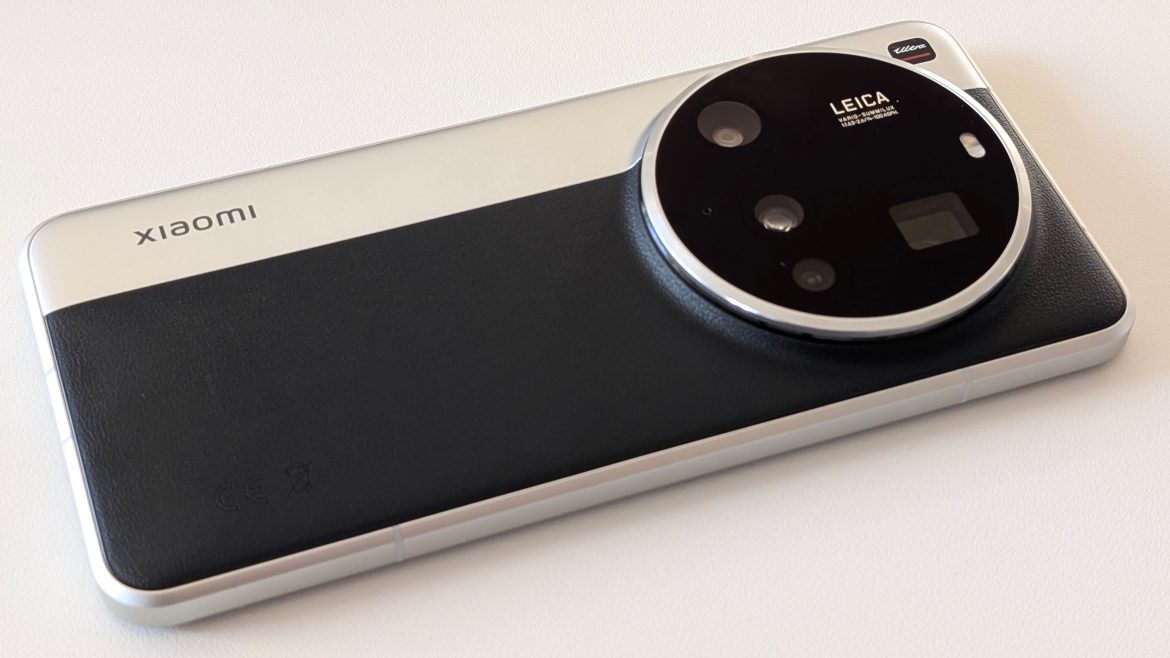TL;DR
The Xiaomi 15 Ultra aims to be the ultimate camera phone, boasting a distinctive design and a truly impressive camera system, especially its 200MP 4.3x telephoto lens that rivals the best. It packs a powerful Snapdragon 8 Elite chip, a vibrant OLED display, and a large 5,410 mAh battery with fast charging. However, it stumbles slightly with some pre-installed bloatware, occasional ads, and AI features that lag behind competitors like Samsung. While its design is polarizing, the camera prowess is undeniable. Is this the new king of smartphone photography? Dive into the full review to find out!
Is it primarily a phone, or a camera? The Xiaomi 15 Ultra, Xiaomi’s latest flagship, blurs the line, offering a substantial camera experience within a smartphone form factor. We were previously impressed by its predecessor, the Xiaomi 14 Ultra. Our recent review of the Samsung S25 Ultra noted that it felt somewhat uninspired and lacked a certain “wow” factor. Does the Xiaomi 15 Ultra suffer the same fate? Let’s investigate.
First Impressions: Design / Build Quality
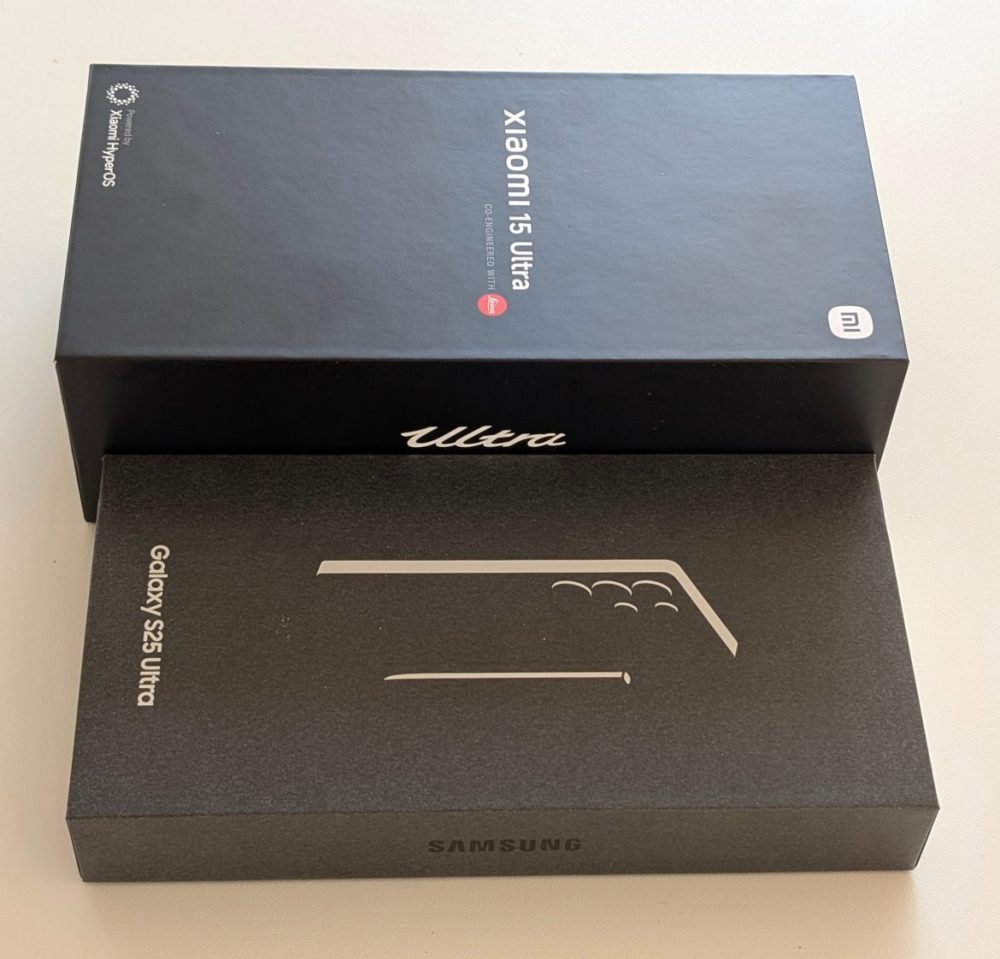
The packaging is notably large, significantly exceeding the size of the Samsung S25 Ultra’s box. Inside, you’ll find a transparent phone case, a charging cable, and a concise quick start guide. The oversized box seems primarily for presentation, as its contents don’t justify the volume. As is increasingly common, a charger is not included.
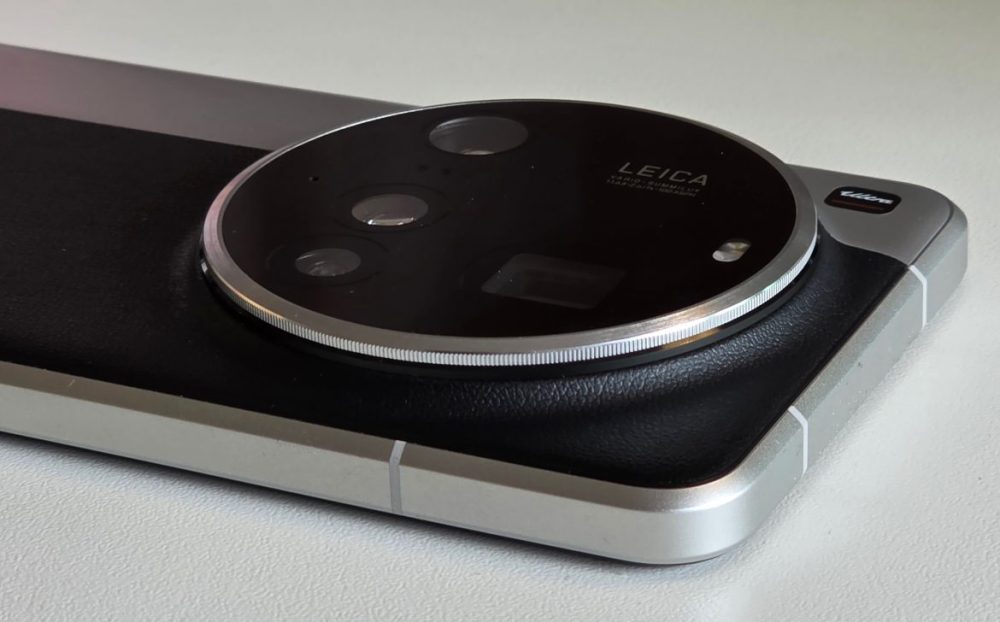
Among all the phones we’ve reviewed, the Xiaomi 15 Ultra’s design has elicited the most comments. Its distinctive retro aesthetic and prominent camera array immediately grab attention. Whether this design resonates positively or comes across as overly stylized is subjective. However, we believe Xiaomi’s bold design choice allows the phone to stand out in a market often characterized by visual homogeneity.
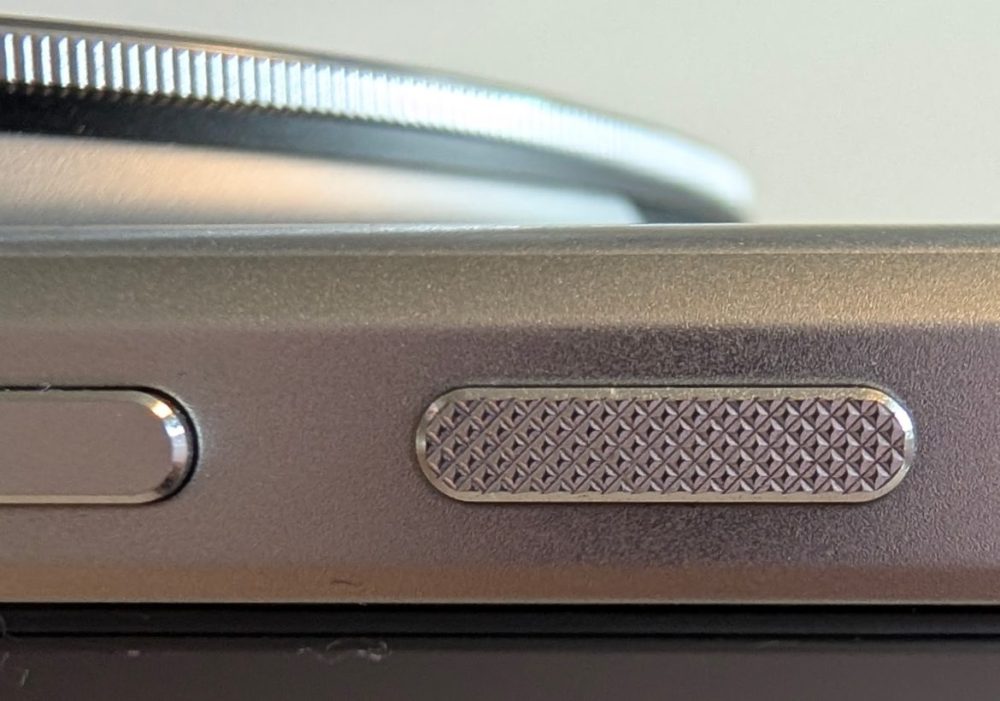
The design incorporates thoughtful details, such as the textured power button, which provides tactile confirmation. The overall build quality is excellent, imparting a sense of robustness and durability.
A screen protector comes pre-installed on the display.
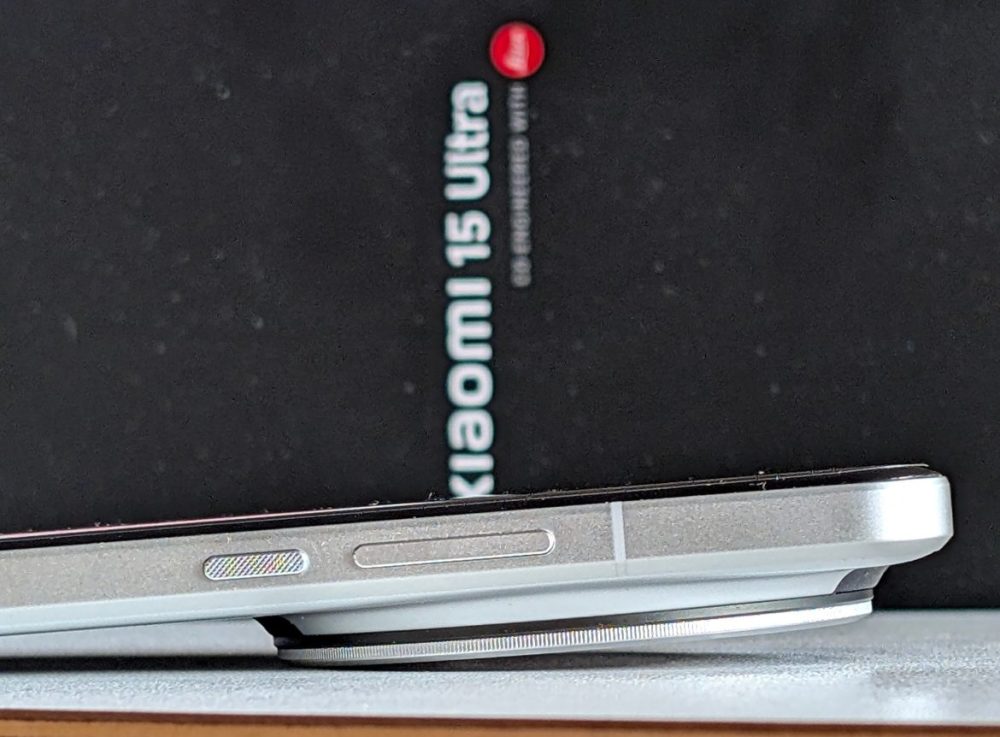
When placed on a flat surface, the phone remains stable. The camera module is strategically positioned to minimize the risk of scratching the lenses.
Screen
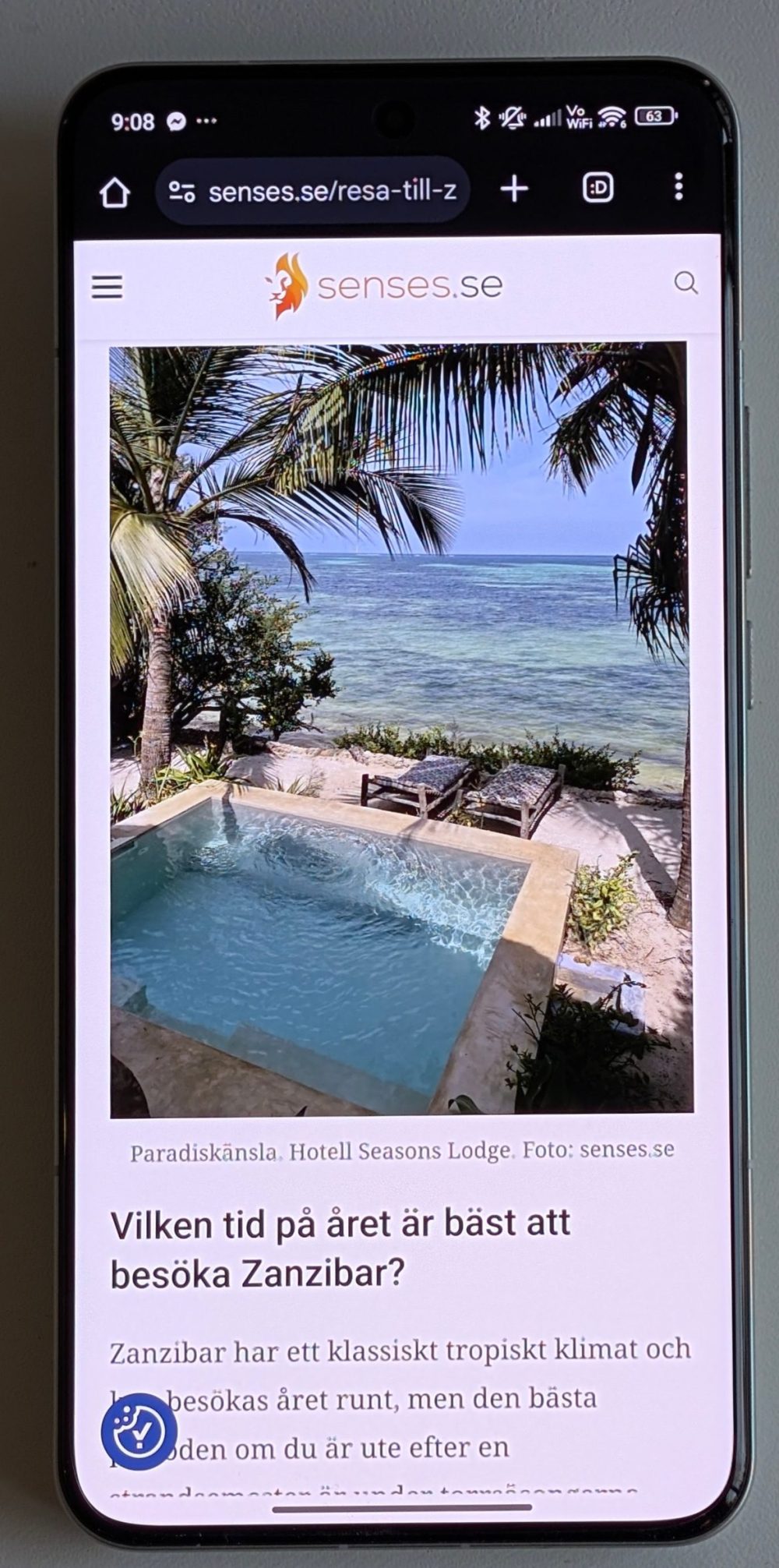
The Xiaomi 15 Ultra features a 6.73-inch QHD OLED display with a variable refresh rate of 1–120 Hz, along with support for HDR10+ and Dolby Vision.
The display is not completely flat; instead, it exhibits a slight curvature at the edges. While aesthetically pleasing, we generally prefer completely flat screens, as they reduce the likelihood of accidental touches along the edges and allow screen protectors to adhere more effectively.

Xiaomi provides the option to utilize a dynamic refresh rate, which automatically adjusts based on the content being displayed, or to manually select a fixed refresh rate of either 60 Hz or 120 Hz.

Users can also choose between running the screen at its native high resolution or at a lower resolution to conserve battery power. When using the higher resolution, the system can be configured to automatically reduce the resolution when the battery level drops.
The display is specified to reach a peak brightness of 3,200 nits. In typical usage scenarios, the screen appears bright and legible, potentially not quite as bright as the Google Pixel 9 Pro XL, but sufficiently bright for comfortable outdoor viewing in sunlight.
Battery and charging
The Xiaomi 15 Ultra incorporates a substantial 5,410 mAh battery. We appreciate manufacturers prioritizing larger battery capacities, as good battery life remains a highly desirable feature. The phone supports wired charging up to 90 W, requiring a proprietary Xiaomi charger. Wireless charging is supported up to 80 W, also necessitating a specific Xiaomi charger. Reverse wireless charging is available at up to 10 W, enabling users to charge accessories like headphones or smartwatches.
Similar to the Google Pixel 9 Pro XL, the Xiaomi 15 Ultra exhibits some selectivity regarding compatible fast chargers. We tested multiple chargers in our lab and encountered difficulties exceeding 45 W, which still provides a respectable 60% charge in 30 minutes and a full charge in approximately 90 minutes. However, some chargers that rapidly charge other devices failed to provide optimal charging speeds for the Xiaomi 15 Ultra, limiting the charging rate to around 25 W.
Battery performance is commendable, on par with the Samsung 25 Ultra, typically leaving 20-40% of battery capacity remaining after a full day of use.
Performance
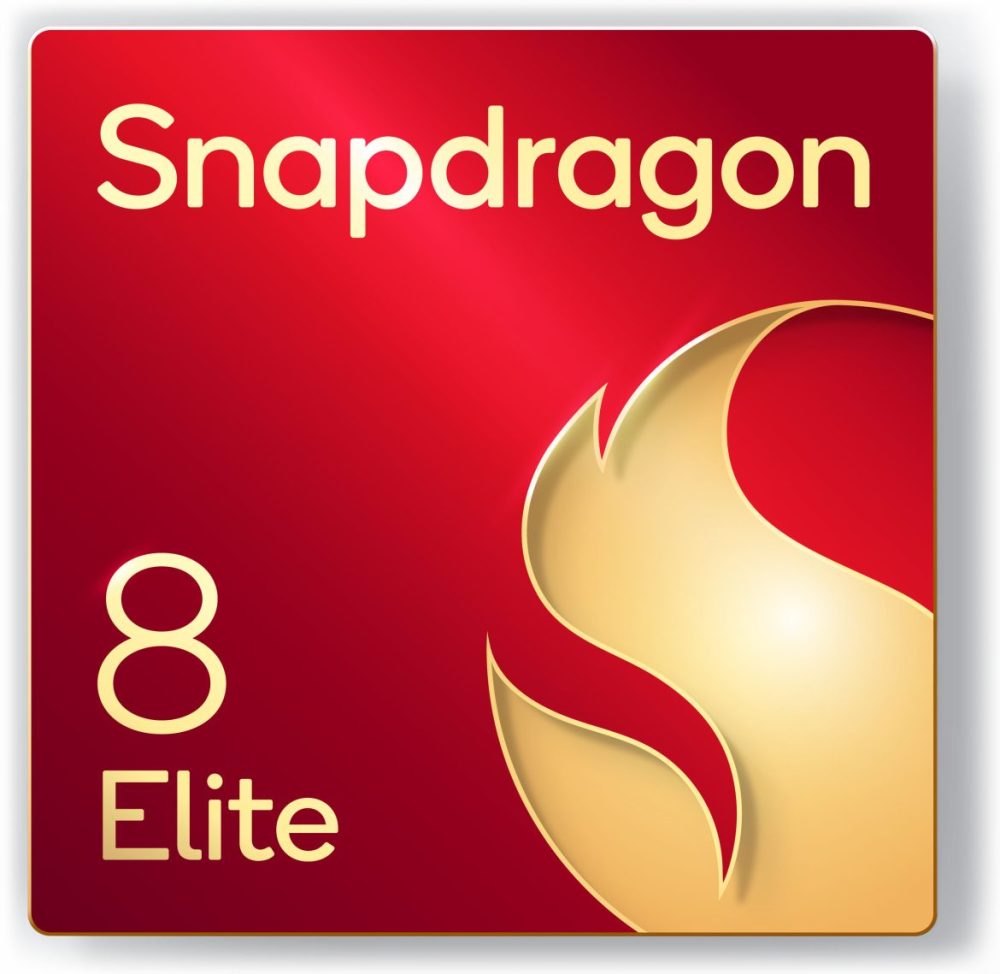
The Xiaomi 15 Ultra is powered by Qualcomm’s Snapdragon 8 Elite, representing the current top-tier processor for Android devices (although the Samsung S25 Ultra utilizes a slightly overclocked variant of the same chip).
Performance is predictably excellent. While some users have reported instances of overheating leading to performance throttling or app closures, we did not encounter these issues during our testing, with the exception of initial setup and prolonged benchmarking sessions. We observed some performance throttling during extended benchmarks, but this was not noticeable during typical usage.
Software / AI functions
The Xiaomi 15 Ultra ships with Android 15 and Xiaomi’s HyperOS, version 2. Xiaomi commits to providing four major OS updates and six years of security updates, which is respectable, though not quite matching the support offered by Google and Samsung.
The phone comes with a number of pre-installed applications, fewer than Xiaomi’s lower-end models like the Redmi Note 14 Pro+, but still more than one might expect on a flagship device.
A particularly unwelcome occurrence was the occasional appearance of advertisements as notifications during the test period.

The source of these notifications was the pre-installed “Mi Browser” app, which periodically delivered notification spam. Disabling notifications for this app resolved the issue, but the initial experience was disruptive.

Regarding AI capabilities, the phone naturally supports Gemini and Google’s Circle to Search. It also includes several other AI-powered functions. However, Swedish language support is currently unavailable. Furthermore, the AI functionality, such as generative image editing, lags behind Google and particularly Samsung, whose Samsung S25 Ultra excels in this area.
Camera
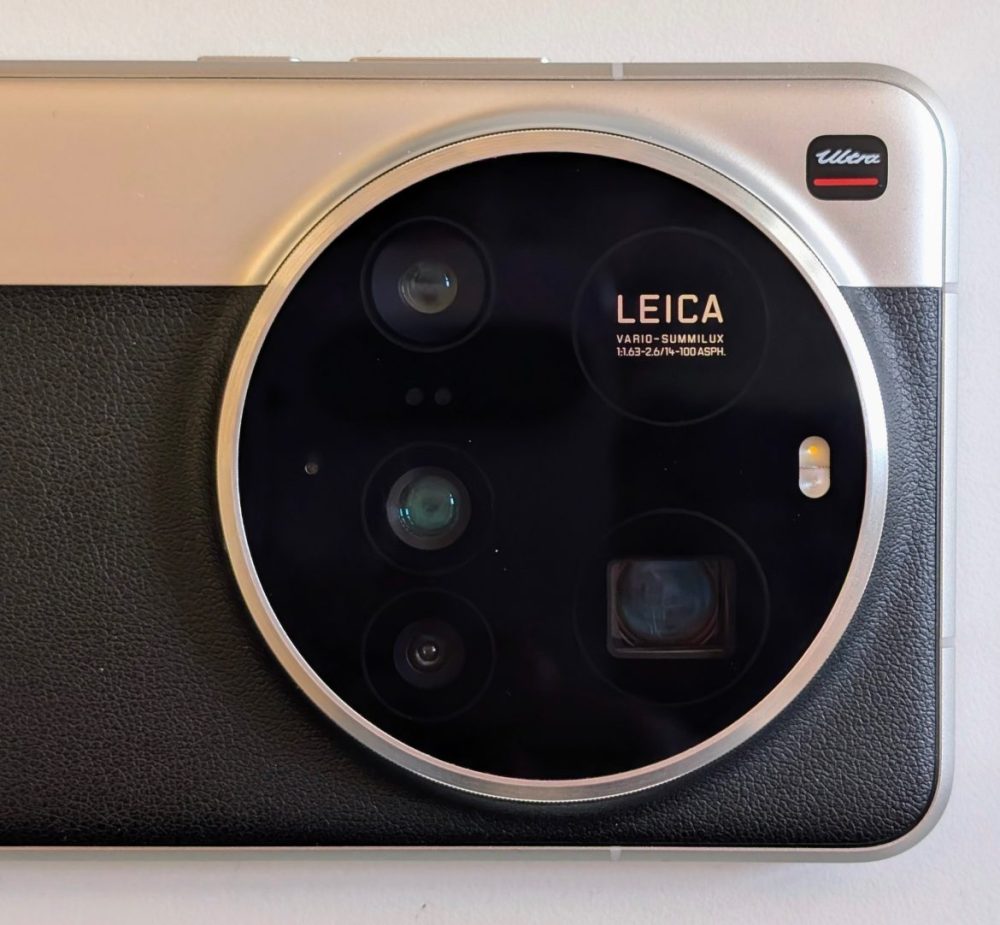
The highlight of this phone is undoubtedly its camera system. It comprises a 23 mm main camera with an f/1.63 aperture and a 1-inch 50 MP sensor. There are two telephoto lenses: a 3x zoom (70 mm), f/1.8 with a 50 MP sensor, and a 4.3x zoom (100 mm), f/2.6 with a 200 MP sensor. The ultrawide lens is 14 mm, f/2.2 with a 50 MP sensor. The front-facing camera features a 32 MP sensor and an f/2.0 aperture.
Initial testing revealed the standout performer to be the 4.3x zoom lens with its 200 MP sensor. This lens captures exceptionally detailed images, and we found ourselves frequently using it in place of the main camera, even if it required physically moving further from the subject.
We began by comparing the phone’s camera performance in daylight conditions against our reference camera phone, the Google Pixel 9 Pro XL.














As demonstrated by the sample images, the Xiaomi 15 Ultra readily competes with the Pixel phone in terms of image quality. We then repeated this comparison in nighttime conditions.













